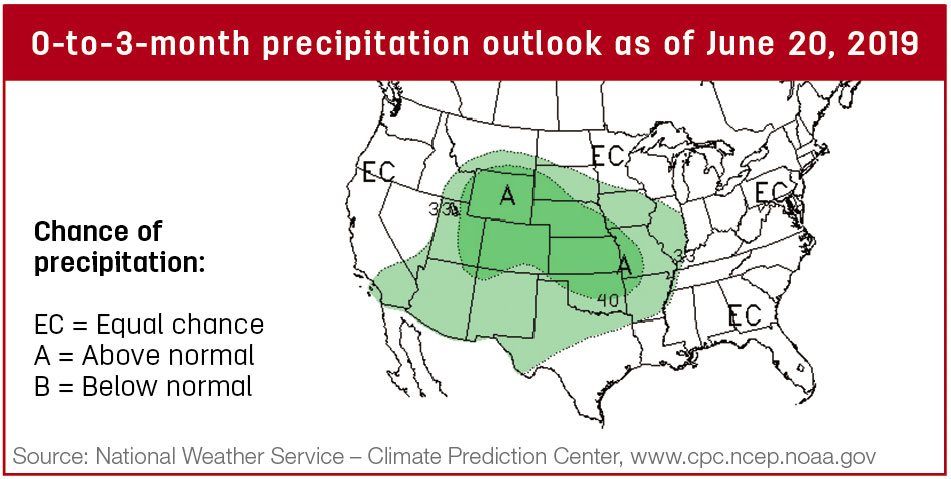To summarize, feeding extra phosphorus above animal requirements does not improve reproduction or weaning weights and will only lead to increased cost.
The targeted intake rate of a mineral supplement has an impact on the most appropriate level of phosphorus in that supplement. For example, the grams of phosphorus consumed is the same for a 12% phosphorus mineral consumed at 2 ounces per day and a 6% phosphorus mineral consumed at 4 ounces per day (both provide 6.81 grams of phosphorus per day).

At one time in the beef industry, loose mineral supplements with a 2-ounce target intake were very common and often formulated at the 12% phosphorus level. However, most mineral supplements today are based on a 4-ounce target intake, and levels of phosphorus and other minerals can be reduced. Additionally, as phosphorus levels rise in loose mineral supplements, mineral intake will almost always decrease.
Protein and energy supplementation can supply significant amounts of phosphorus. When fed at 2 pounds per head per day, cottonseed meal will provide about 10 grams of phosphorus and dry distillers grains plus solubles (DDGS) will provide about 6.4 grams of phosphorus per day.
These or similar supplementation strategies are often used when supplementing cattle grazing dormant native range. This is important because plant phosphorus content is often adequate in growing native forages but decreases in native forages as they go dormant.
Phosphorus provided by these two supplements and supplements with similar phosphorus levels can easily supply similar amounts or more phosphorus than what is provided by the difference between a 10%-12% phosphorus mineral and a 5%-8% phosphorus mineral with a 4-ounce intake.
The following are general recommendations based on typical production conditions in the South Central region and may need to be adjusted in certain situations; they are meant for loose minerals with a 4-ounce target intake. These recommendations also take into account that cows can store excess phosphorus and mobilize it when the diet is lacking. For most situations, a mineral with 4%-6% phosphorus should be more than adequate.
In situations where soil phosphorus levels are extremely low, or cows are grazing dormant native forages, then phosphorus levels of 7%-12% may be considered. ![]()

-
Jason Banta
- Associate Professor and Extension Beef Cattle Specialist
- Texas A&M University
- Email Jason Banta







